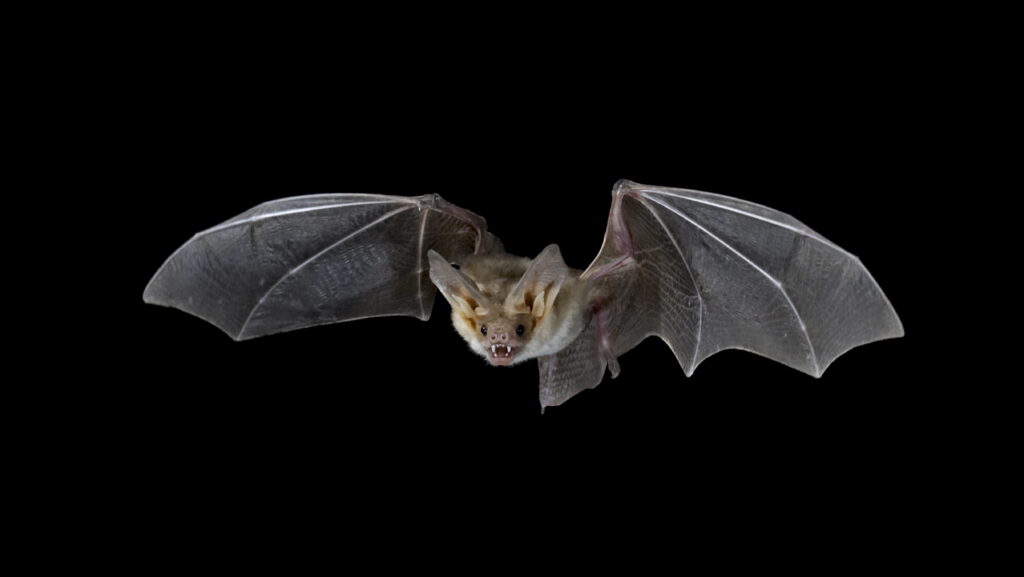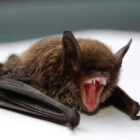Are bats blind?

Bats are often associated with the myth that they are blind, relying solely on echolocation to navigate their way through the world. This myth has been perpetuated through various forms of popular media, including movies and television shows.
However, this idea is far from the truth. Bats are not blind, and in fact, many species have excellent vision.
The Truth About Bat Vision
Bats, like many other creatures, have evolved to possess a range of sensory abilities that help them survive and thrive in their respective environments. When it comes to vision, bats exhibit a fascinating spectrum of capabilities across different species.
Fruit Bats: The Masters of Visual Navigation
Fruit bats, also known as megabats, are a group of bats known for their large eyes and keen visual acuity. They are often found in tropical and subtropical regions, where they feed primarily on fruits and nectar. Their large eyes, which are adapted for low-light conditions, enable them to see clearly in dimly lit environments, such as dense forests or shaded canopies.
Notably, fruit bats possess color vision, although not as acute as that of humans. This ability to discern colors is especially useful in locating ripe fruits and flowers, as well as identifying potential mates. In addition to their visual prowess, fruit bats also rely on their sense of smell to locate ripe fruits and flowers, making them effective pollinators in their ecosystems.
Microbats: The Masters of Echolocation
In contrast, microbats, which make up the majority of bat species, have smaller eyes and generally poorer vision compared to fruit bats. However, they have evolved a remarkable alternative: echolocation. This biological sonar system allows microbats to emit high-frequency sounds, which bounce off objects in their environment and return as echoes. By interpreting these echoes, microbats can create a mental map of their surroundings, enabling them to navigate through complex environments and locate prey with precision.
Microbats’ echolocation abilities are particularly well-suited for hunting insects, their primary food source. Their echolocation calls are highly specialized, varying in frequency and duration depending on the size, shape, and distance of their prey. This allows microbats to effectively detect and capture fast-moving insects, even in complete darkness.
The Interplay Between Vision and Echolocation
While microbats rely primarily on echolocation for navigation and hunting, they still possess functional eyes and retain some degree of visual acuity. This interplay between vision and echolocation is evident in certain species of microbats, such as the greater horseshoe bat (Rhinolophus ferrumequinum). These bats have large, sensitive eyes and rely on both echolocation and vision to navigate and hunt.
The Evolution of Bat Vision
The evolution of bat vision is a fascinating topic that has been studied by scientists for many years. Bats are believed to have evolved from small, insect-eating mammals that lived in the trees. As they evolved to become more specialized for flight, their eyes and other senses also evolved to meet the demands of their new lifestyle.
The earliest bats likely had eyes that were adapted for low light conditions, as they were likely active at dawn and dusk, when light levels were low. As bats evolved to become more specialized for flight and hunting, their eyes also evolved to become more adapted to their new lifestyle.
For example, fruit bats, which feed primarily on fruit and nectar, have large eyes and good color vision, which allows them to find and identify ripe fruit and flowers. This is important for fruit bats, as they rely on their sense of sight to find food, rather than echolocation.
Microbats, which hunt insects, have smaller eyes and poorer color vision, but their eyes are highly sensitive to light, allowing them to see in low light conditions. This is important for microbats, as they are often active at night, when light levels are low. Their eyes are also highly sensitive to movement, allowing them to detect and track fast-moving prey.
How good is bat vision compared to other nocturnal animals?
Bats are not the only nocturnal animals that rely on their vision to navigate and hunt. Many other nocturnal animals, such as owls, cats, and some species of rodents, also have excellent night vision. However, bats are unique among nocturnal animals in that they are the only mammals that are capable of powered flight.
Owls, for example, are known for their excellent night vision, which allows them to see in low light conditions. They have large eyes that are adapted for seeing in the dark, and they also have a high density of rod cells in their retinas, which are sensitive to low light levels. Owls also have a highly developed sense of hearing, which allows them to locate prey in the dark.
Cats are another example of a nocturnal animal with excellent night vision. They have large eyes and a high density of rod cells in their retinas, which allow them to see in low light conditions. Cats also have a layer of cells behind their retinas called the tapetum lucidum, which reflects light back through the retina, giving them better night vision.
In conclusion, bats are not blind, and in fact, many species have excellent vision. While some species use echolocation to navigate and locate prey, this is not a substitute for vision. Bat vision is an important aspect of their biology, allowing them to navigate and hunt in their environment. By recognizing the diversity of visual abilities among bat species, we can gain a better understanding of these fascinating creatures.










